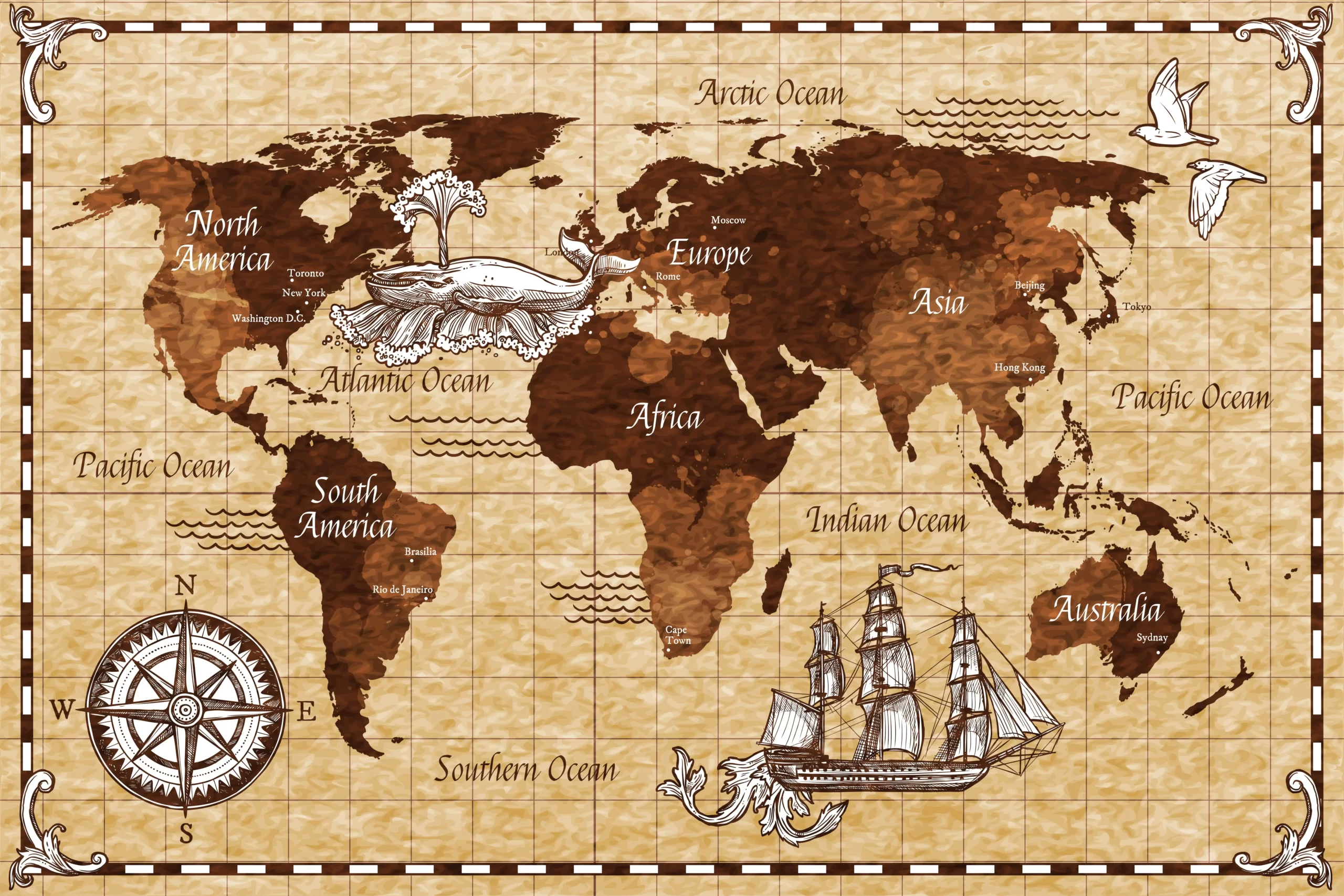Make flashcards:
Flashcards are a simple yet effective way to memorize the locations of important places on a map. The process of creating flashcards involves writing the name of the place on one side of the card and its location on the map on the other side. By doing this, you are helping yourself to associate the name of the place with its location. This will make it easier for you to recall the location of the place when you see the name.
It is important to review these flashcards regularly in order to memorize the locations effectively. You can start by reviewing a few flashcards each day and gradually increase the number as you get better at it. To make the process more organized and efficient, you can organize the flashcards by location, time period or any other way that makes sense to you. For example, you can create a set of flashcards for a specific region or for a specific historical period. This way you can focus on one set at a time and not get overwhelmed by the sheer number of flashcards.
In summary, flashcards are an excellent tool for memorizing the locations of important places on a map. By creating flashcards, reviewing them regularly and organizing them in a way that makes sense to you, you can effectively memorize the locations and achieve a better score in your geography and history exams.
Practice with blank maps:
Practicing with blank maps is a great way to familiarize yourself with the geography of an area and to help you remember the locations of important places during your exam. The process involves printing out blank maps of the relevant areas and marking the locations of important places on it. This can be done with different colored pens or markers to differentiate different places, time periods, or events. This way you can easily distinguish between different places and will make it easier for you to recall the location of the place during the exam.
One of the benefits of practicing with blank maps is that it helps you to develop a better understanding of the geography of the area. By marking the locations of important places on a map, you will start to see patterns and connections that you may not have noticed before. This will help you to remember the locations of places more easily. Additionally, you can also label the maps with the names of the places and other relevant information, this way you can practice both geography and history together.
In summary, practicing with blank maps is an effective way to familiarize yourself with the geography of an area and to help you remember the locations of important places during your exam. By using different colored pens or markers to differentiate different places, time periods, or events, and labeling the maps with the names of the places and other relevant information, you can develop a better understanding of the geography and improve your recall during the exam.
Use mnemonics:
Mnemonics are memory aids that can be used to help remember the locations of multiple places on a map. These memory aids can take the form of a phrase, a sentence, a rhyme, or an acronym. One example of a mnemonic is creating a phrase out of the first letter of each place that you need to remember. This phrase can serve as a reminder of the locations of the places.
Mnemonics are a great way to memorize a list of places or facts in a short amount of time. They can be especially helpful when you’re trying to remember the locations of many different places on a map. They work by providing a memorable association between the information you need to remember and something that is easier to remember, such as a phrase or acronym. This makes it easier to recall the information later.
For example, you can use the first letter of the name of each place to form an acronym, like “M” for Moscow, “P” for Paris, and “L” for London, forming “MPL” phrase, this way you can remember the places Moscow, Paris and London.
In summary, mnemonics are a powerful tool that can be used to remember the locations of multiple places on a map. By creating a memorable association between the places and something that is easy to remember, such as a phrase, sentence, rhyme or acronym, you can easily recall the information during your exam.
conclusion
In conclusion, flashcards, practicing with blank maps, and using mnemonics are all effective strategies for memorizing the locations of important places on a map. Flashcards help associate the name of the place with its location, practicing with blank maps helps to familiarize with the geography and identify gaps in knowledge, and mnemonics provide a memorable association for the information needed to be remembered. By incorporating these techniques into your study routine, you can improve your chances of achieving a better score in your SOCIAL SCIENCE BOARD EXAMS.














Leave a Comment